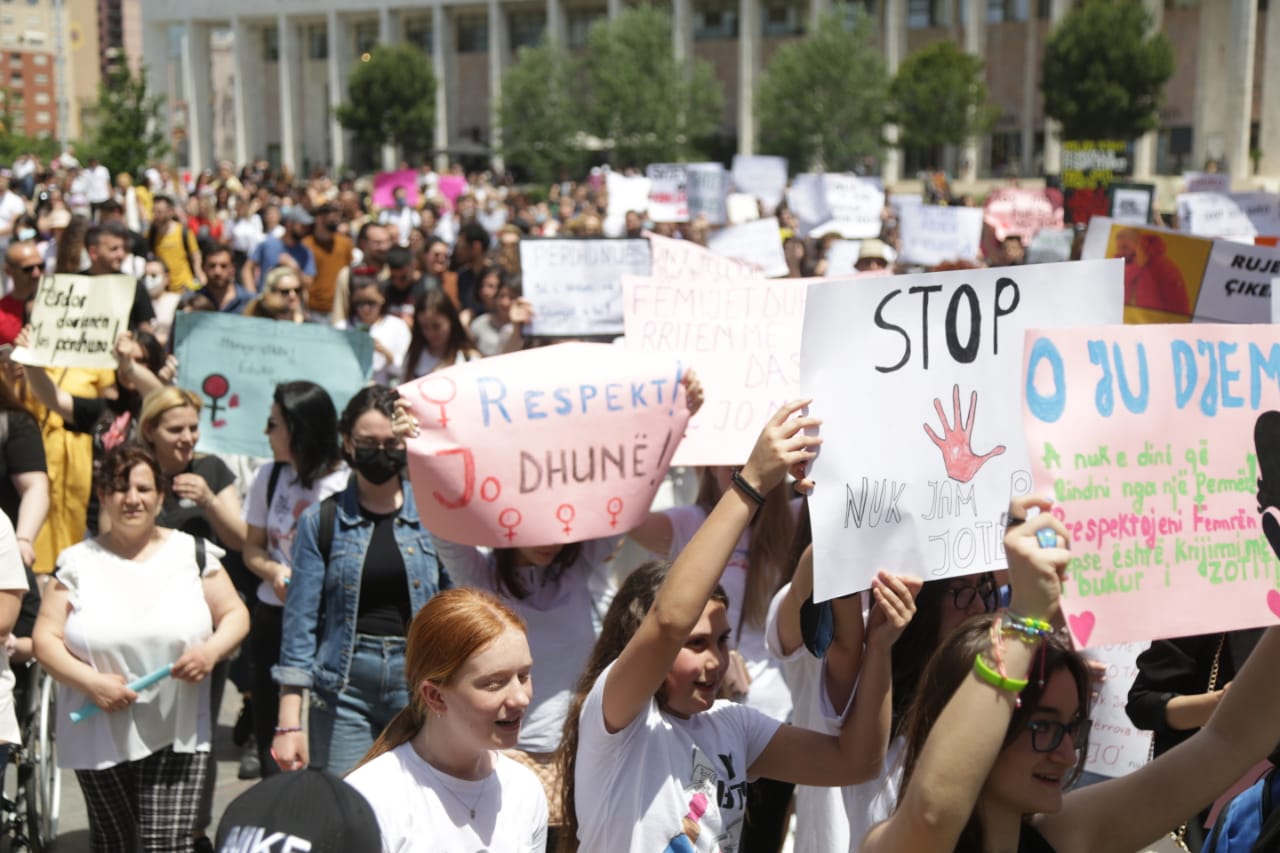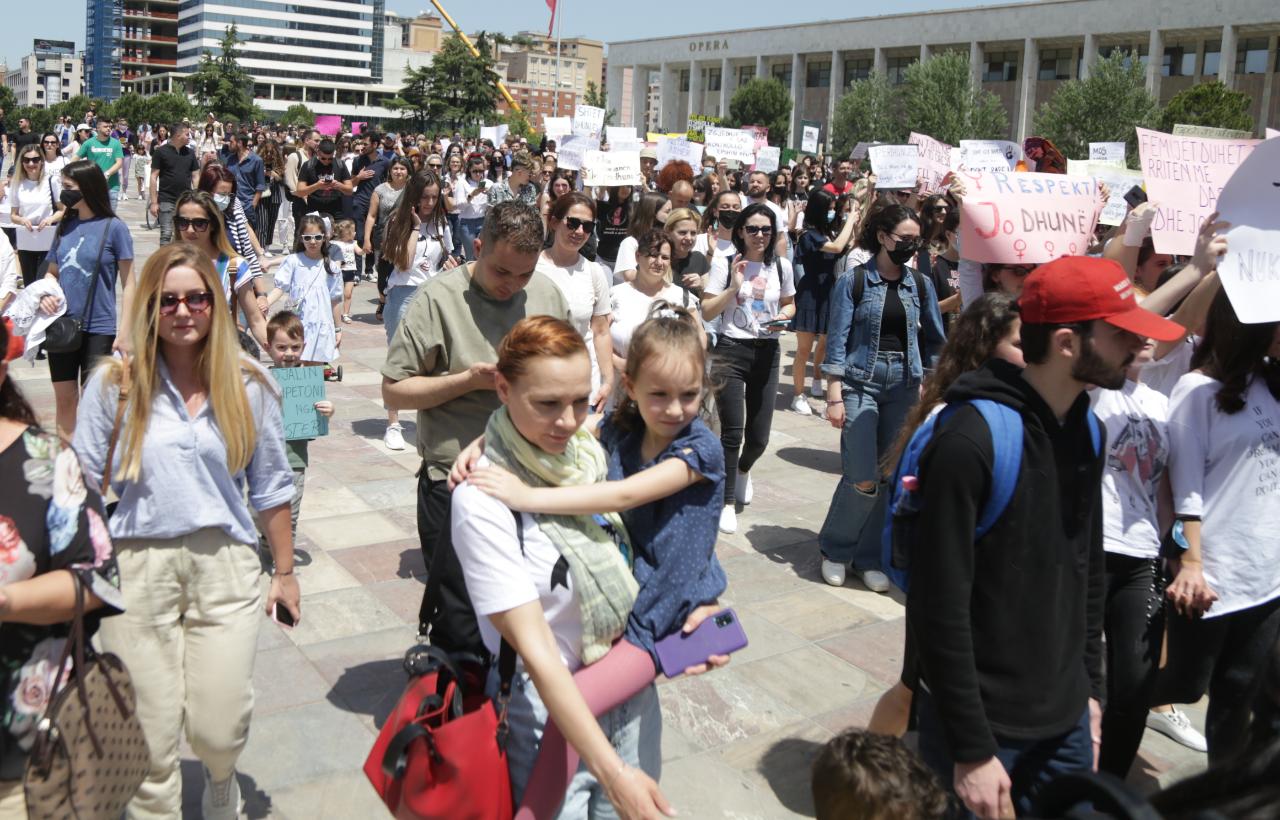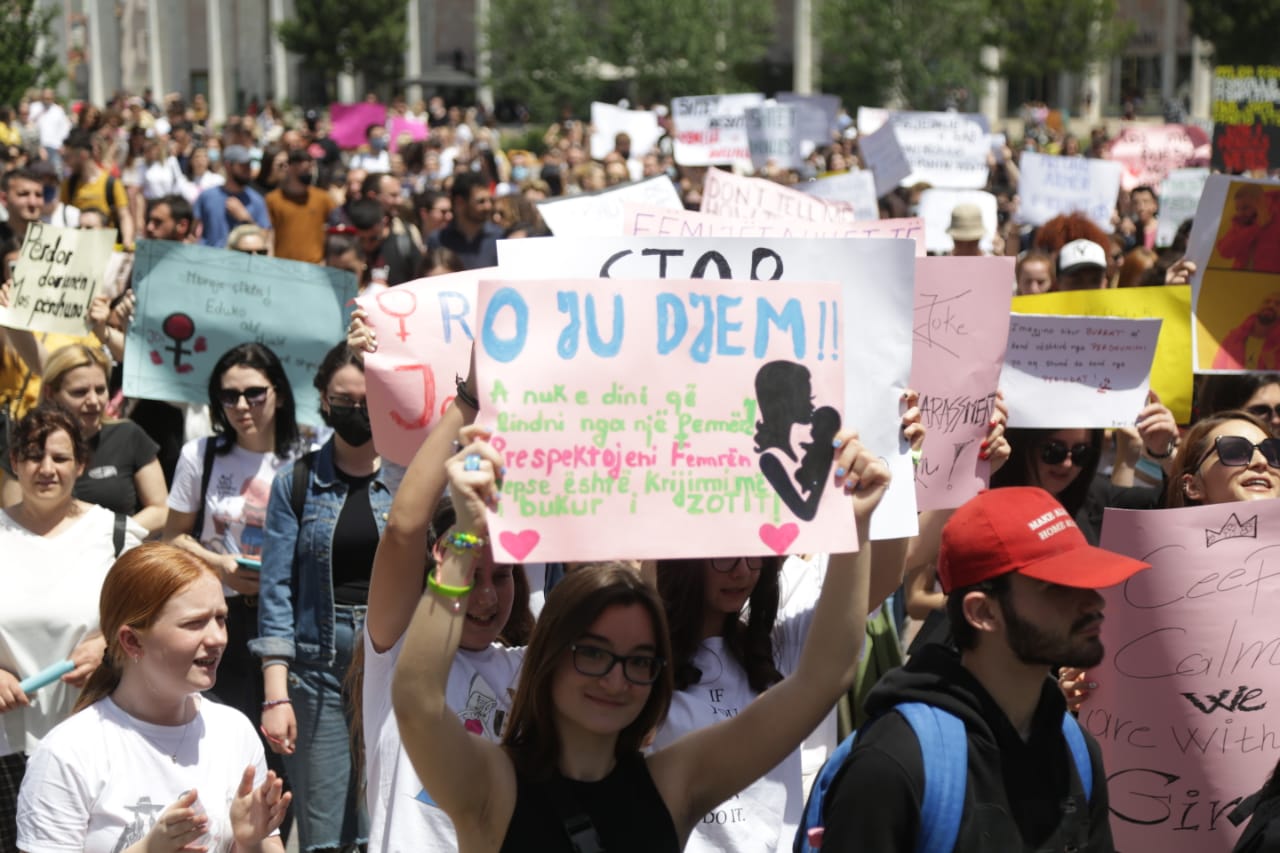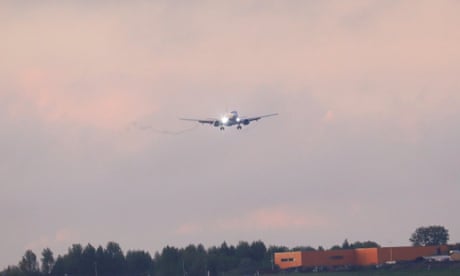The deal is Amazon’s biggest acquisition since it agreed to buy Whole Foods in 2017

Amazon.com agreed to buy the Metro-Goldwyn-Mayer movie company for $8.45 billion, a bet that a nearly century-old Hollywood icon can feed an insatiable demand for streaming content.
The takeover is Amazon’s biggest acquisition since it agreed to buy Whole Foods in 2017 for $13.7bn but follows investments of about $11bn on content for its streaming video and music services last year alone.
“The real financial value behind this deal is the treasure trove of IP in the deep catalog that we plan to reimagine and develop together with MGM’s talented team,” said Mike Hopkins, senior vice president of Prime Video and Amazon Studios, in a statement. “It’s very exciting and provides so many opportunities for high-quality storytelling.”
Amazon shares rose about 0.5 per cent in early trading in New York.
The proliferation of streaming services, including newer arrivals such as HBO Max and Disney+, has put pressure on Amazon to acquire more programming. Chief executive Jeff Bezos has made no secret of his desire for movie moguldom and MGM’s vast backlog provides an abundance of streaming material, not to mention an opportunity to mine the iconic James Bond and Rocky franchises for new films and television shows.
Moreover, with retail rivals like Walmart rolling out more sophisticated online stores, Amazon must work even harder to keep its 200 million Prime subscribers loyal.
MGM has been seen as a takeover target for years, but was never able to close a sale before. The company made a fresh push last year, when it reportedly hired advisers to seek offers.
READ MORE

AT&T to combine its media assets with Discovery to create new company
Starzplay eyes IPO by 2024 amid plans to double its business
Previously, Amazon has acquired smaller start-ups it perceived as a threat – footwear seller Zappos, say, or Diapers.com parent Quidsi. Amazon also has snatched up-and-comers in new business lines, such as the game platform Twitch or Kiva, which makes warehouse robots.
It’s unusual for Mr Bezos to spend big bucks on a legacy business like MGM. The only other example is the purchase of Whole Foods Market in 2017, which came after Amazon spent a decade trying to become a player in grocery sales – with little to show for its efforts and investment. Today, some analysts deem the Whole Foods acquisition wrong-headed and point to the fact that Amazon has since started a rival grocery chain.
For MGM, the studio that brought James Bond and Scarlett O’Hara to the big screen, the deal provides a finale to a bumpy era of hedge-fund ownership that began with a bankruptcy over a decade ago. MGM’s lead shareholder is the Anchorage Capital Group, which became an owner with three other investors as part of a 2010 bankruptcy agreement that erased about $4bn in debt.
MGM’s earnings before interest, taxes, depreciation and amortization rose 48 per cent to about $307 million last year, lifted by profit from its 4,000-title film library. But with a lack of new releases, sales declined 3 per cent to $1.5bn.
Under Anchorage, the studio aspired to its old glory – a legacy that includes “Gone With the Wind,” the top film of all time in ticket sales and the biblical classic “Ben-Hur,” which shares the record for most Academy Awards at 11.
The new owners hired a moviemaker chief executive in Gary Barber, a Hollywood heavyweight known for films such as “The Hitchhiker’s Guide to the Galaxy” and “Ace Ventura: Pet Detective”. He oversaw a new James Bond movie, “Skyfall,” that generated more than $1bn in ticket sales – the studio’s biggest-grossing film ever – and partnered with Warner Bros. on the blockbuster “Hobbit” films.
The opportunity to align MGM’s storied history with Amazon is an inspiring combination
Kevin Ulrich, CEO, Anchorage
MGM also branched out into television. The studio took control of the premium cable network Epix, and acquired the TV production company owned by famed producer Mark Burnett, known for creating “Survivor” and “The Apprentice.” The studio also created the critically acclaimed series “The Handmaid’s Tale” and “Fargo,” adding to a lucrative library.
Hedge funds rarely hang on to such investments for more than a few years, and observers long thought that Mr Barber was prepping the studio for sale. In 2017, reports suggested that MGM was in discussions with a Chinese company, though no deal materialised.
Behind the studio’s renewed financial stability under Anchorage and the M&A rumors, there was turmoil within MGM’s executive ranks. Five months after Mr Barber’s contract was renewed in 2018, he was abruptly fired by Anchorage chief executive Kevin Ulrich. Reports surfaced that the two had clashed, and that Mr Barber’s relationship with Bond producer Barbara Broccoli was also tense.
Mr Barber ultimately walked away with a $260m exit package. Mr Ulrich never named a replacement for Mr Barber, and instead created an office of the chief executive, which has been in place for three years. The unusual arrangement led the Hollywood Reporter to say Mr Burnett was sowing chaos within the company. He was said to have, at least in part, led to the ouster of film studio head Jonathan Glickman in early 2020, among other executives.
When the coronavirus struck, MGM was particularly hamstrung. Its biggest anticipated film release, the new James Bond film “No Time to Die,” has been postponed repeatedly. The company approached both Apple and Netflix about buying the film for their online services, but never reached a deal.

While coping with the prospect of production delays and higher costs due to Covid-19, MGM suffered another blow. In a June 2020 lawsuit in New York, a woman accused Mr Ulrich of sexual battery in a swanky Manhattan hotel in June 2019. The case was ultimately withdrawn.
Late last year, MGM reportedly hired advisers to explore a sale of the company. The studio was said to seek about $5bn, compared with the more than $8bn that Mr Ulrich predicted the company could fetch given time.
Metro-Goldwyn-Mayer traces its roots back to the 1920s merger of Marcus Loew’s Metro films with a film company run by Hollywood legend Louis B. Mayer. The studio, while making great pictures like “Dr. Zhivago” and “2001: A Space Odyssey,” drifted in and out of financial distress in the second half of the 20th century. Over the decades it was owned by Time, CNN founder Ted Turner and more than once by the late billionaire Kirk Kerkorian.
Mr Turner kept much of MGM’s library, which is now owned by AT&T's WarnerMedia, soon to be part of Discovery.
“I am very proud that MGM’s Lion, which has long evoked the Golden Age of Hollywood, will continue its storied history, and the idea born from the creation of United Artists lives on in a way the founders originally intended, driven by the talent and their vision,” said Anchorage’s Mr Ulrich, who is chairman of the board of MGM. “The opportunity to align MGM’s storied history with Amazon is an inspiring combination.”
Published: May 26, 2021 06:07 PM




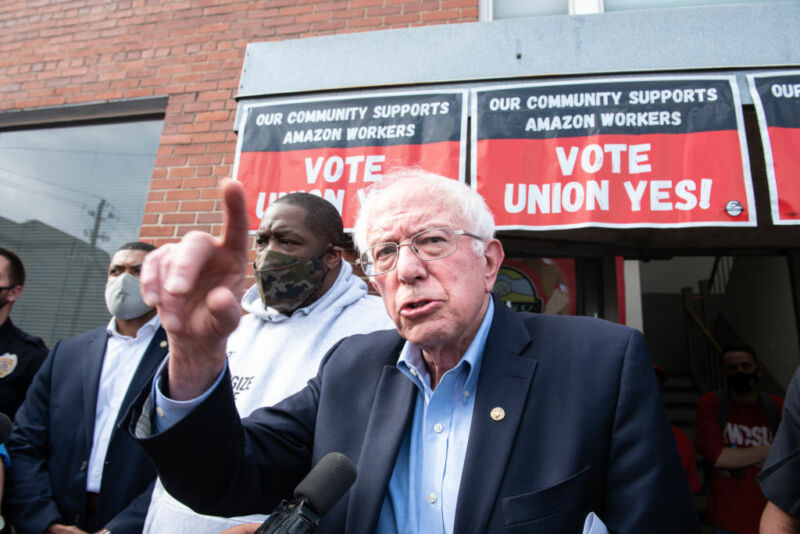

/https://public-media.si-cdn.com/filer/f6/f6/f6f67e95-bcca-4814-a621-49aa8cdbdbdb/25_deerroad.png)











